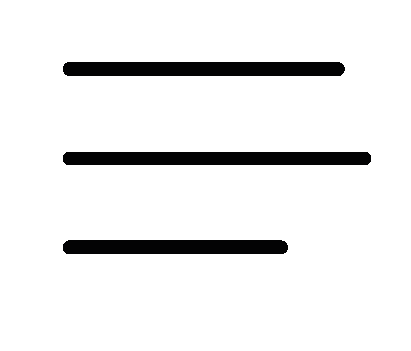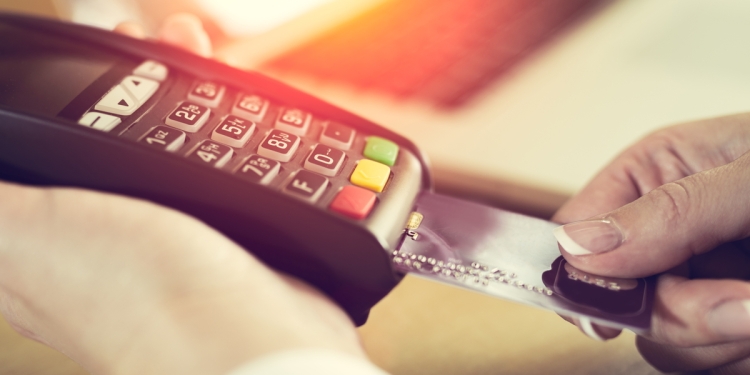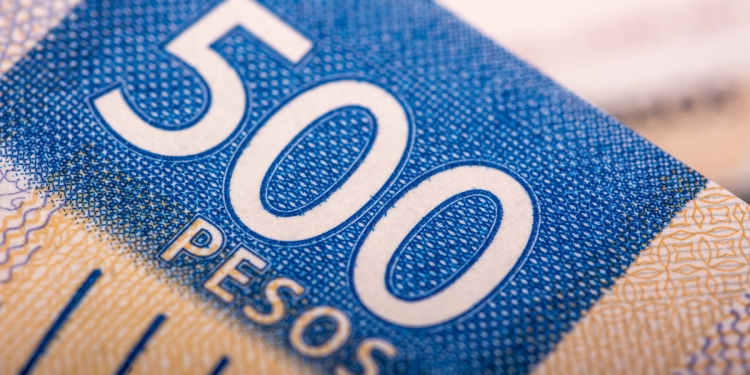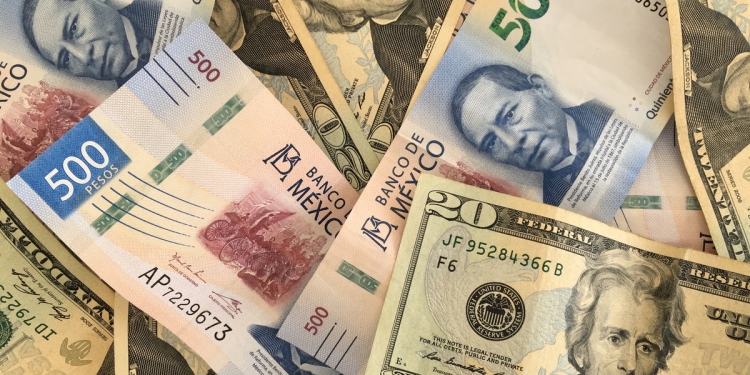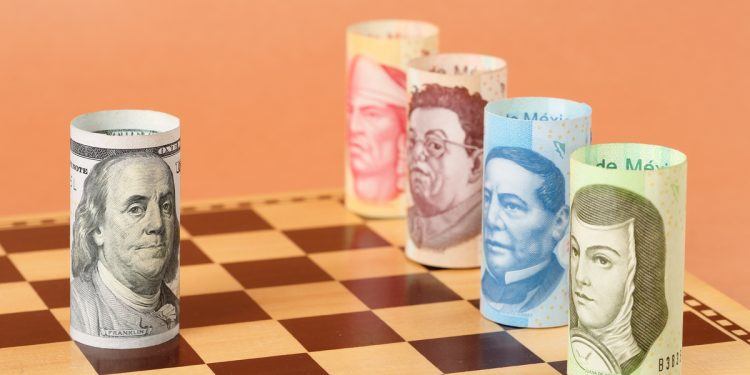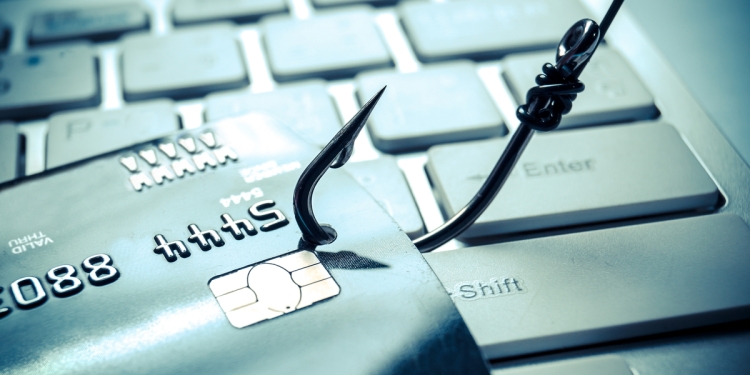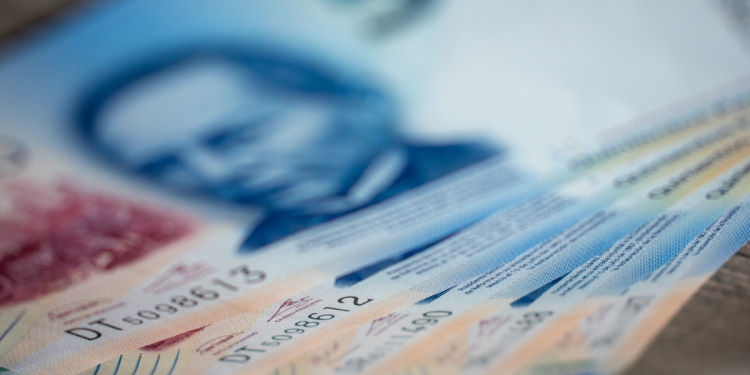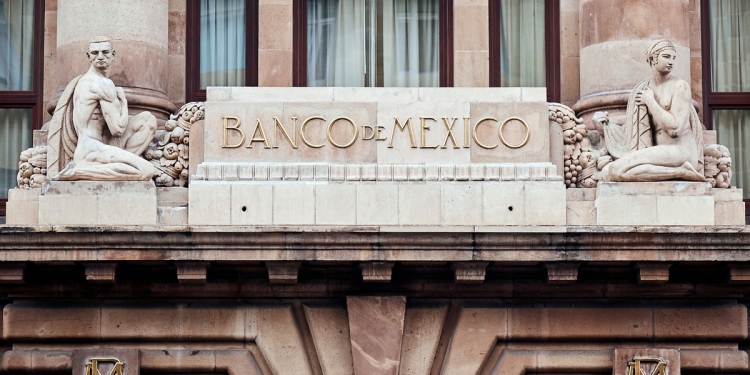The use of debit and credit cards has made checks (and travelers checks) virtually obsolete in Mexico.
Most stores won’t accept paper checks in payment anymore because debit and credit card machines provide near-instant payment authorization of the amount being transacted, and save time at the checkout.
About using your credit & debit cards in Mexico
All major credit and debit card brands are accepted at millions of retail establishments across Mexico.
Visa, MasterCard, American Express, and Discover are the most commonly seen and used brands in Mexico. Visa & MasterCard are the most widely accepted networks. Some places also accept Diners Club.
If your debit or credit card is linked to a bank based outside of Mexico, your purchases will usually be charged in Mexican pesos and your bank will convert the amount to the equivalent in the local currency where your account is held and charge that sum to your account in your home currency.
When you use a non-Mexican bank card in Mexico, some payment machines at stores and service providers might offer to charge the amount in other currencies, e.g. US or Canadian dollars, British pounds, Euros, et al. although the exchange rates when doing this might be less favorable than charging Mexican pesos to your account and having your own bank’s exchange rates applied instead.
Charges for use of bank cards in Mexico
How much you pay in charges for using your bank cards in Mexico will depend on:
- what country the card is issued in;
- whether you are making a purchase or withdrawing cash; and
- the fee charging structure your bank applies to the account.
Bank card charges vary by bank and account type
Charges vary. Ask your bank what charges apply when you use your foreign-issued debit or credit card in Mexico, as they vary from bank to bank, and between different types of bank accounts.
Mexican bank card charges
When you use a debit or credit card issued in Mexico, the transaction amount is charged directly to your account here, in Mexican pesos, and charges will vary depending on the type of account that you have.
There is usually no charge for making purchases (in store or online); there are usually no charges for ATM use if you use your own bank’s ATMs (of that of its affiliated network), and within the limits set out by your bank’s terms for that account. (Some banks offer a set number of free cash withdrawals per month, and charge you if you go over that.)
Foreign bank card charges
When you use a debit or credit card issued by a bank based outside of Mexico, charges will vary depending on whether you are using the card to make a purchase, or withdraw cash from a local ATM in Mexico.
Using your card for purchases and online orders
When you use your card at a store or online, the bank will usually charge a currency exchange fee (see below) and some banks might also add a ‘foreign currency transaction fee’—check with your bank for details.
Using your card for cash withdrawals
When you use your foreign-issued card to withdraw cash in Mexican pesos several charges may be applied to the account, either lumped together or separately, thus:
- a fixed-fee charge made by the Mexican bank ATM. This fee is displayed before you agree to proceed with the withdrawal, and added to the withdrawal amount charged to your account; and
- a “foreign exchange charge” made by the card-issuing bank; and
- a currency exchange rate charge (see below); and
- if you use a credit card, additional charges including interest from the date of the cash withdrawal may also apply; furthermore
- additional charges might apply if you withdraw cash over the counter at a bank instead of using an ATM.
Currency exchange rate charges
When you’re using a foreign-issued bank card in Mexico, the exchange rates the bank applies to convert the Mexican pesos into your local currency are usually the same whether you spend at a store, or withdraw cash from an ATM. The rate applied will be based on the foreign exchange rate that day.
You will not be given the ‘wholesale’ exchange rate you see quoted on websites and on the news. The bank earns an additional ‘hidden’ fee because the foreign exchange rate the bank applies to the transaction (purchase or cash withdrawal) will be different to the wholesale exchange rate that day. This is called the ‘exchange rate spread’ and typically works out to between 2% and 5% of the transaction value.
Signatures for card purchases in Mexico
The use of signatures for making purchases with a card in Mexico is virtually phased out now, and has been replaced with the use of a PIN (Personal Identification Number).
Some stores in Mexico continue to use the “card swipe” machines to take payment from plastic cards, whereby the machine prints out a slip of paper and the card holder must physically sign the slip to complete the transaction. However, most stores now use the “chip and PIN” payment authorization method.
Beware of bank card cloning and ‘skimming’
Debit and credit card cloning (sometimes called ‘skimming’) is an issue in Mexico, as it is in many other countries around the world.
The fraud happens when your bank card’s magnetic strip is ‘read’ by a skimming device that stores the card’s number and other key information (e.g., expiry date) and the person perpetrating the fraud also records the CVV (security) number associated with the card.
Fraudsters pay the ‘skimmers’ a small fee and the card details are used to make fraudulent purchases on your account. You can usually get compensated if it’s a credit card (harder if it’s a debit card) but it’s a headache and a hassle to deal with, nonetheless.
If your card uses Chip & Pin the store/trader ought not to swipe the card.
“Chip & PIN” card signatures in Mexico
Swipe payment machines print-out a slip of paper that requires your hand signature. However, when you present one of the latest bank cards, stores, restaurants, and other traders enter your card into a special device that reads the encrypted chip now embedded onto the plastic cards.
Instead of signing a voucher, you are asked to enter your card’s PIN number (cover your hand when you do this). In Spanish, the PIN is referred to as firma electrónica —electronic signature— or ‘NIP’ (that is an acronym for Numero de Identificación Personal).
Some establishments also ask you to sign the voucher that the machine prints out, but it’s not necessary; your bank won’t charge you twice if you do.
If you do not know your card’s PIN, the establishment might instead offer to “swipe” the card and take payment using your hand signature and some other form of identification, e.g., residency card or passport.
Learn about managing your money in Mexico
Mexperience offers you a wealth of information about Mexico’s money, banking services, and banknotes.
- Learn more about managing your money in Mexico
- Articles about Mexico’s banknotes
- Latest articles about the Mexican peso
- Latest articles about Money and finance in Mexico
The information published in this article is provided for general information in good faith and is not intended as personal, legal, financial or investment advice.
Mexico in your inbox
Our free newsletter about Mexico brings you a monthly round-up of recently published stories and opportunities, as well as gems from our archives.


